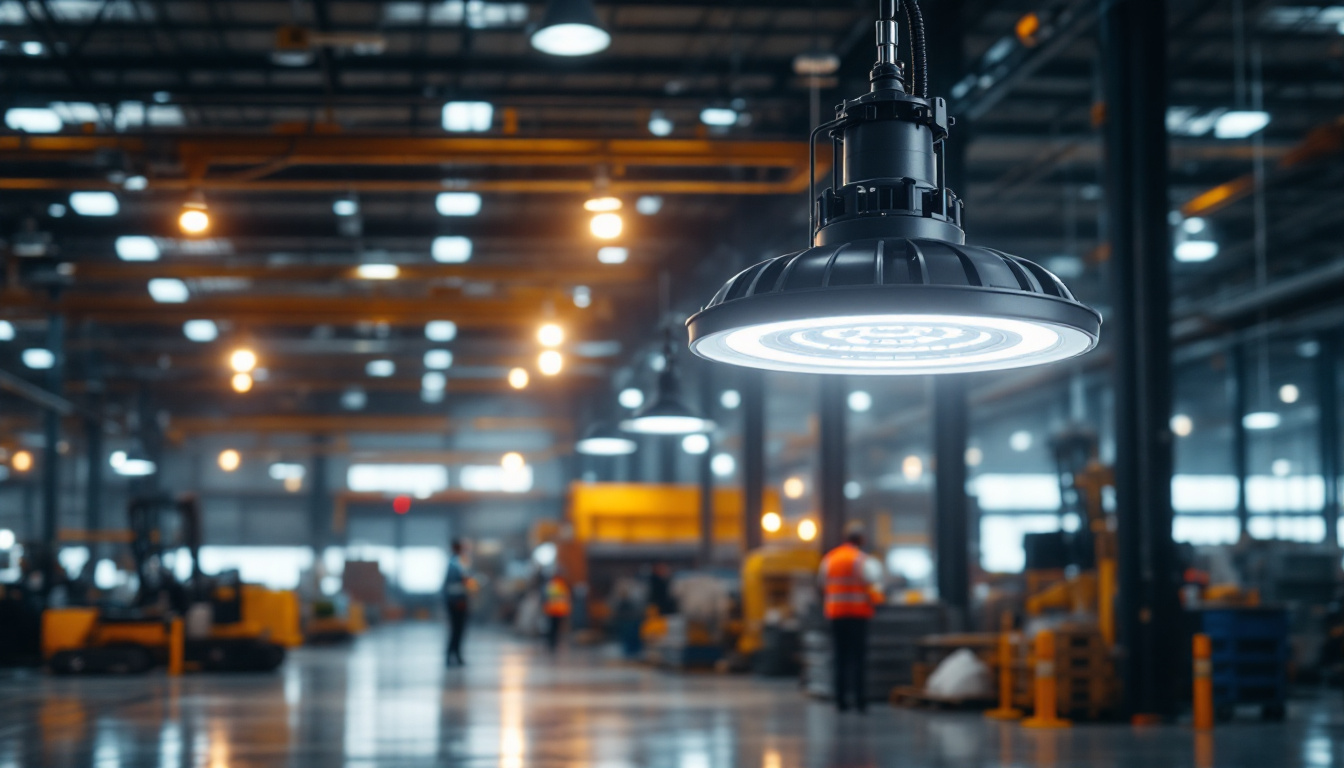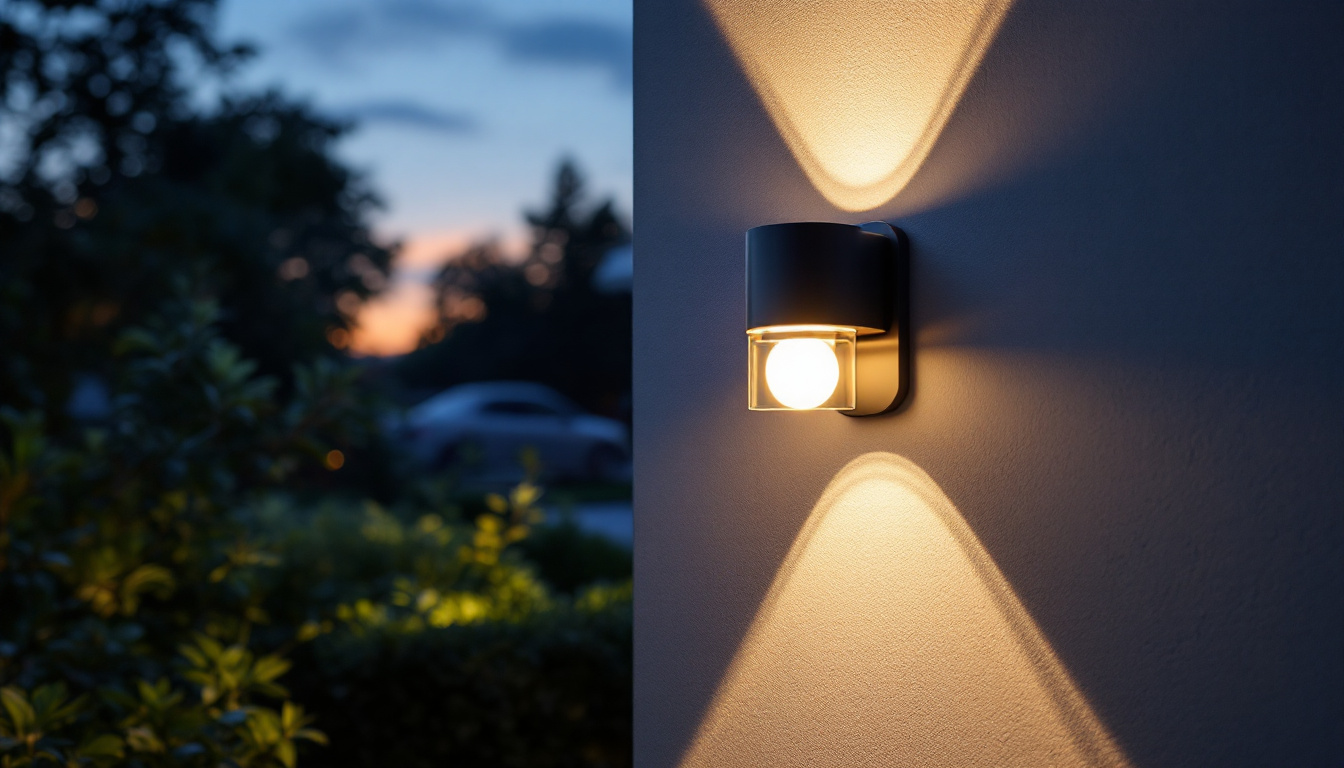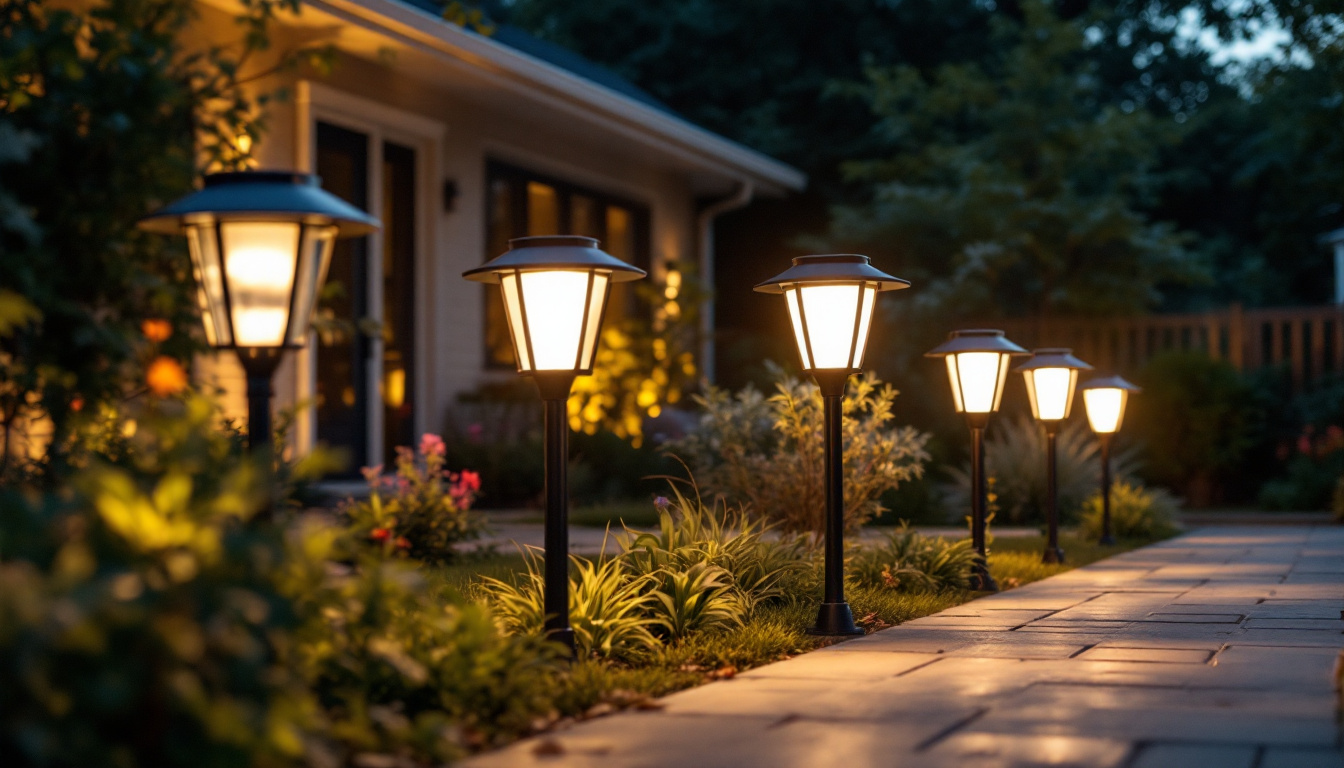
When it comes to lighting projects, especially in commercial and industrial settings, the choice of fixtures can significantly impact both functionality and cost. One of the most popular options for high ceilings is the LED high bay lamp. While these lamps offer numerous advantages, there are common pitfalls that lighting contractors must avoid to ensure successful installations and satisfied clients.
LED high bay lamps are designed to illuminate large spaces with high ceilings, such as warehouses, factories, and gymnasiums. They provide bright, efficient lighting that can enhance visibility and safety in these environments. However, understanding the specifications and features of these lamps is crucial for making informed decisions.
There are several types of LED high bay lamps available on the market, including linear, UFO, and pendant styles. Each type has its unique characteristics and applications. For instance, UFO high bay lights are round and compact, making them ideal for spaces with limited ceiling height. Linear high bays, on the other hand, provide a more uniform light distribution, which can be beneficial in larger areas.
Choosing the right type of high bay lamp depends on the specific requirements of the project, including the height of the ceiling, the layout of the space, and the desired light output. A thorough understanding of these factors can help prevent costly mistakes during the selection process. For example, in environments where machinery operates, such as manufacturing plants, it’s vital to ensure that the light does not create shadows that could obscure potential hazards. Similarly, gymnasiums may require a specific type of lighting that minimizes glare for athletes while providing sufficient brightness for spectators.
When selecting LED high bay lamps, several key features should be taken into account. These include lumen output, color temperature, beam angle, and energy efficiency. Lumen output determines the brightness of the light, while color temperature affects the ambiance of the space. A cooler color temperature may be suitable for industrial settings, while warmer tones can create a more inviting atmosphere in retail environments.
Additionally, the beam angle influences how light is distributed across the area. A narrow beam angle focuses light on a specific spot, while a wider angle spreads it out more evenly. Understanding these features will help contractors make better choices that align with their clients’ needs. Moreover, it’s essential to consider the energy efficiency ratings of the lamps, as this can lead to significant cost savings over time. Many LED high bay lamps come with advanced features such as dimming capabilities and smart technology integration, allowing for greater control over lighting and further enhancing energy savings. These innovations not only contribute to lower utility bills but also promote sustainability, which is increasingly important in today’s environmentally conscious market.
Despite the advantages of LED high bay lamps, many contractors fall into common traps that can lead to unsatisfactory results. Recognizing these mistakes is the first step toward successful project execution.
One of the most significant errors is underestimating the lighting requirements of a space. Each area has different illumination needs based on its purpose, layout, and activities taking place. For example, a warehouse may require brighter lighting for safety and efficiency, while a gymnasium might benefit from softer lighting for a more relaxed environment.
Conducting a thorough lighting audit and consulting with clients about their specific needs can help avoid this mistake. Utilizing lighting design software can also assist in calculating the necessary lumen output for optimal illumination. Moreover, it’s essential to consider the color temperature of the lighting, as this can greatly affect the ambiance and functionality of the space. Cooler temperatures are often preferred in work environments to enhance alertness, while warmer tones can create a welcoming atmosphere in retail settings.
While LED technology is inherently energy-efficient, not all LED high bay lamps are created equal. Some models may have lower efficacy ratings, which can lead to higher energy costs over time. Contractors should compare the lumens per watt (LPW) ratings of different lamps to ensure they are selecting the most efficient options for their projects.
Additionally, integrating smart lighting controls can further enhance energy savings. These controls allow for dimming, scheduling, and occupancy sensing, which can significantly reduce energy consumption in commercial spaces. Furthermore, educating clients about the long-term financial benefits of energy-efficient lighting can help them appreciate the value of investing in high-quality fixtures. By emphasizing the potential for reduced utility bills and longer lifespans of LED products, contractors can foster a more informed decision-making process and encourage clients to prioritize sustainability in their lighting choices.
The selection of the right fixture is critical for the success of any lighting project. Various factors come into play, and making informed decisions can prevent costly mistakes.
Quality and durability are essential considerations when choosing LED high bay lamps. Cheaper options may save money upfront but can lead to higher long-term costs due to frequent replacements and maintenance. It is advisable to invest in reputable brands that offer warranties and have a proven track record in the industry.
Moreover, the materials used in the construction of the fixtures can impact their lifespan and performance. For instance, high-quality aluminum housings can provide better heat dissipation, which is crucial for maintaining LED efficiency and longevity. Additionally, look for fixtures with IP ratings that indicate their resistance to dust and moisture, especially in environments like warehouses or manufacturing plants where exposure to such elements is common.
Installation requirements can vary significantly between different types of LED high bay lamps. Some fixtures may require specific mounting hardware or additional components, while others may have straightforward installation processes. Failing to account for these requirements can lead to delays and increased labor costs.
Contractors should familiarize themselves with the installation guidelines provided by manufacturers and ensure that their teams are adequately trained to handle the specific fixtures being used. This preparation can help streamline the installation process and reduce the risk of errors. Furthermore, considering the layout of the space is vital; understanding the beam angle and light distribution can help optimize the placement of fixtures to achieve even illumination throughout the area. This attention to detail not only enhances visibility but also contributes to energy efficiency by minimizing wasted light and maximizing the effectiveness of the lighting design.
Effective lighting design goes beyond merely choosing the right fixtures; it involves creating a cohesive plan that meets the needs of the space and its occupants. Several factors contribute to successful lighting design.
A balanced lighting scheme is essential for achieving both functionality and aesthetics. This involves layering different types of lighting, including ambient, task, and accent lighting. For example, in a warehouse, high bay lamps can provide general illumination, while task lights can be added in specific work areas for enhanced visibility.
Contractors should consider the layout of the space and how light interacts with various surfaces. Utilizing reflective materials can enhance light distribution and reduce the number of fixtures needed, ultimately saving costs.
As businesses evolve, their lighting needs may change. Designing a lighting system that allows for flexibility and adaptability can save clients from future expenses. This might involve installing adjustable fixtures or incorporating smart controls that can be easily modified to suit changing requirements.
By discussing potential future needs with clients, contractors can create lighting solutions that are not only effective today but also sustainable in the long run.
Once a lighting project is completed, ongoing maintenance and potential upgrades are crucial for ensuring long-term satisfaction. Contractors should provide clients with guidelines on how to maintain their lighting systems effectively.
Regular maintenance practices can extend the lifespan of LED high bay lamps and maintain their performance. This includes cleaning fixtures to remove dust and debris, checking for any signs of wear or damage, and ensuring that all electrical connections are secure.
Contractors can offer maintenance contracts to clients, ensuring that their lighting systems are regularly inspected and serviced. This proactive approach can prevent unexpected failures and costly replacements.
The lighting industry is constantly evolving, with new technologies and innovations emerging regularly. Staying informed about the latest advancements can help contractors recommend upgrades that enhance energy efficiency and performance.
For instance, advancements in LED technology may lead to new fixtures with higher efficacy ratings or improved color rendering capabilities. By keeping abreast of these developments, contractors can provide clients with the best possible solutions for their lighting needs.
In the world of lighting projects, avoiding costly mistakes is essential for ensuring client satisfaction and project success. By understanding the intricacies of LED high bay lamps, recognizing common pitfalls, and implementing effective design and maintenance practices, lighting contractors can deliver exceptional results.
Ultimately, the key to success lies in thorough planning, informed decision-making, and a commitment to quality. By prioritizing these elements, contractors can navigate the complexities of lighting projects with confidence, providing clients with efficient and effective lighting solutions that stand the test of time.
Ready to elevate your lighting projects to new heights of efficiency and cost-effectiveness? At LumenWholesale, we provide lighting contractors with the high-quality, spec-grade LED high bay lamps you need to avoid those costly mistakes. Our commitment to unbeatable wholesale prices means you can access superior lighting products without the burden of inflated markups. With our extensive selection that meets rigorous industry standards, you can ensure every installation shines with reliability and performance. Plus, with the convenience of free shipping on bulk orders, you can enjoy premium lighting solutions at the best value — all without hidden fees or compromises. Don’t let your projects be dimmed by subpar lighting; choose LumenWholesale for a seamless blend of quality, affordability, and convenience. Wholesale Lighting at the Best Value is just a click away.

Discover the latest trends in junction box covers that every lighting contractor needs to know.

Discover essential insights for lighting contractors in our comprehensive guide on outdoor wall lights.

Discover the science behind motion sensing outdoor security lights and enhance your expertise as a lighting contractor.

Discover expert tips and insights for lighting contractors on selecting and utilizing solar lamps from Walmart.